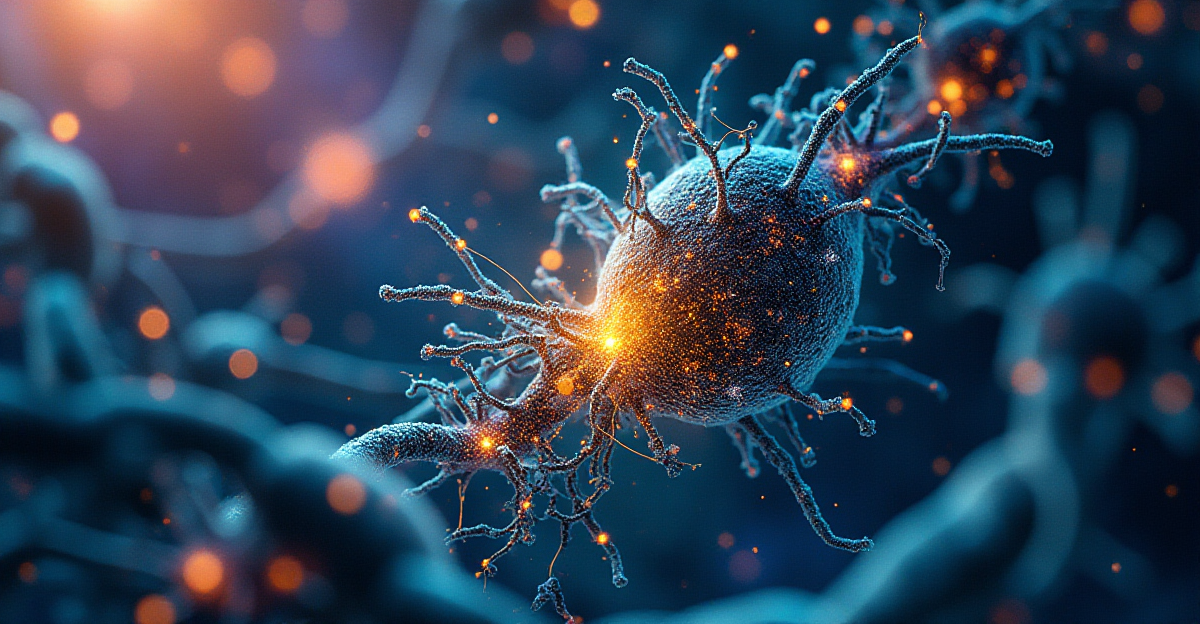The Chemistry of Healing Plants: Nature’s Medicine Cabinet Revealed

Investigating ethnobotany and medicinal plant chemistry has shown the amazing chemical variety that renders plants effective healers. Over years of researching traditional medicinal plants from many civilizations, I have seen how several chemical components cooperate to produce therapeutic effects. The chemistry of medicinal plants reflects millions of years of evolutionary creativity in synthesis of bioactive ...
Read MoreChemical Computing Biology: When Molecules Become Living Calculators

Chemical computation biology is a newly developing discipline that studies how molecular interactions enable biological systems to do sophisticated computations. Through chemical networks, my studies in biochemical systems have shown how cells naturally calculate challenging tasks. These biological systems show amazing capacity to process molecular signals-based information. Recent research have showed how well cellular networks ...
Read More










